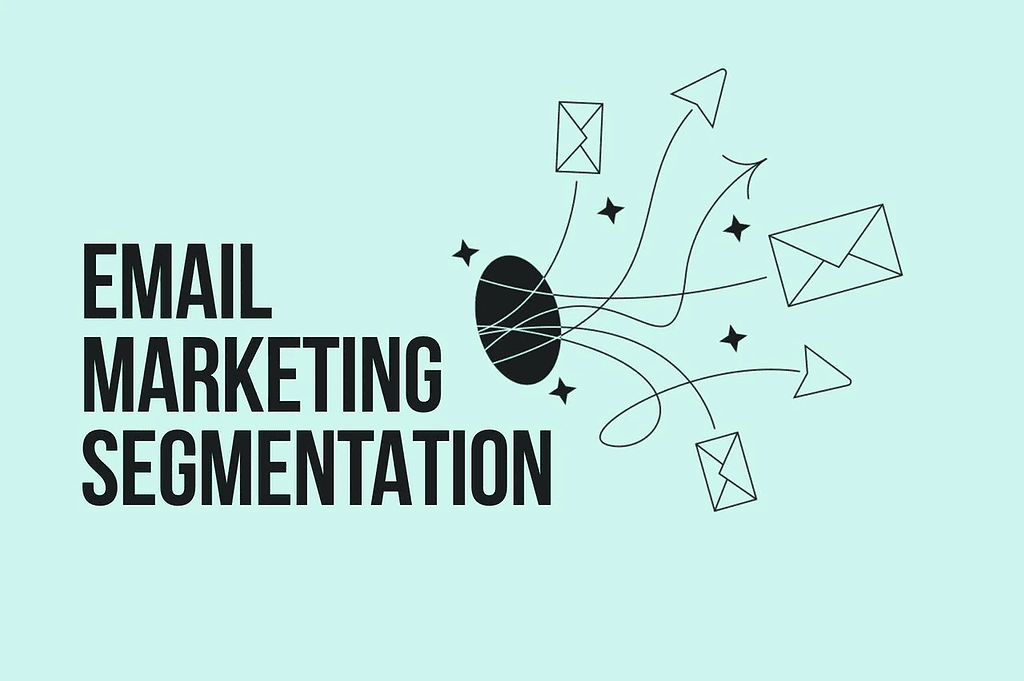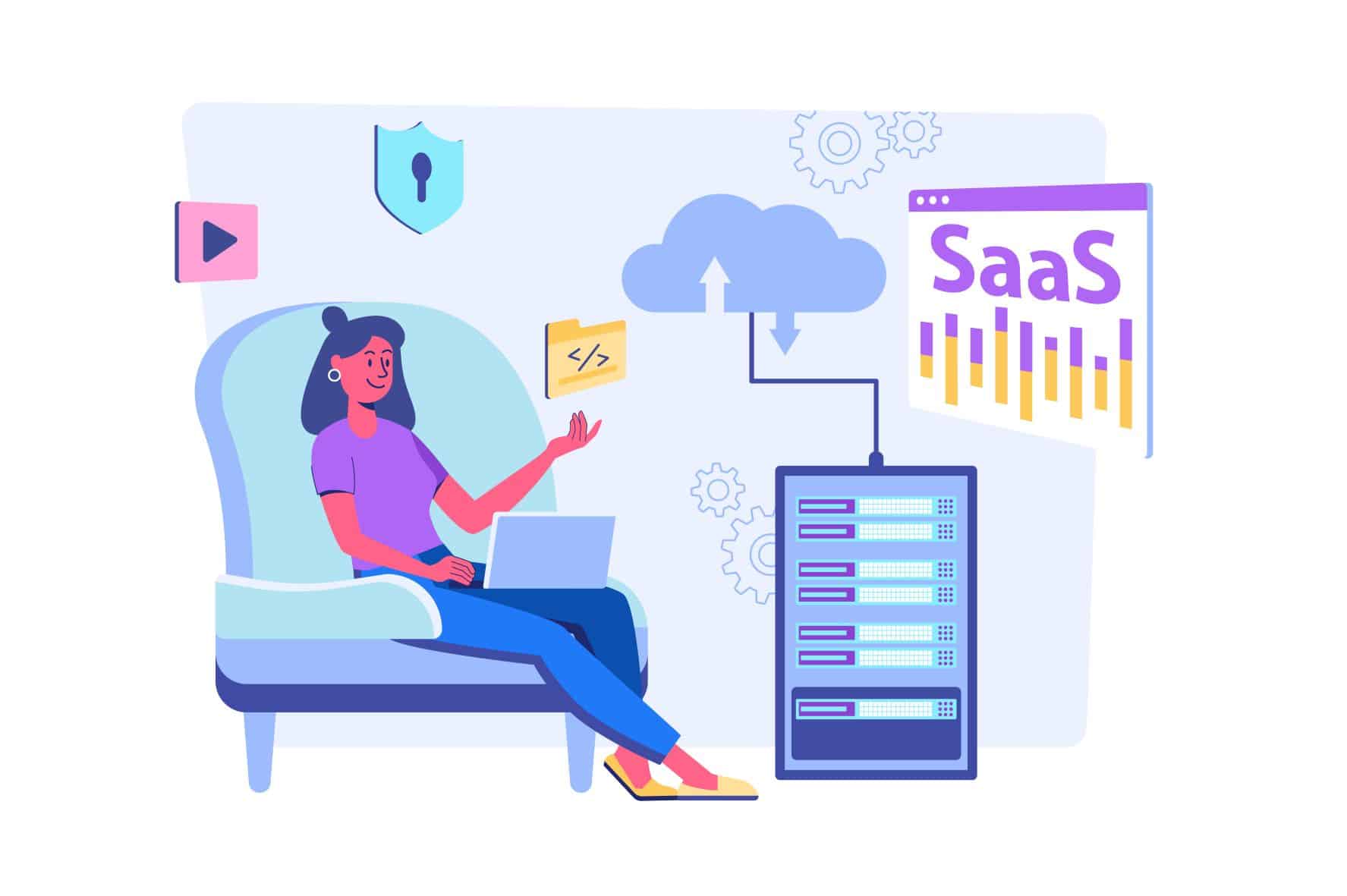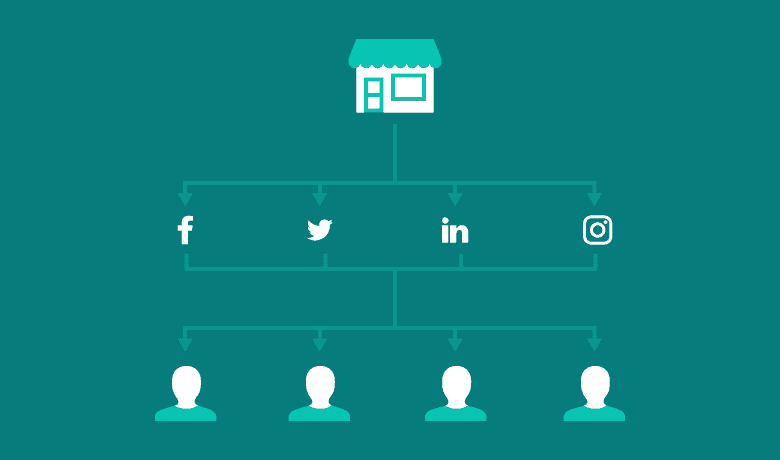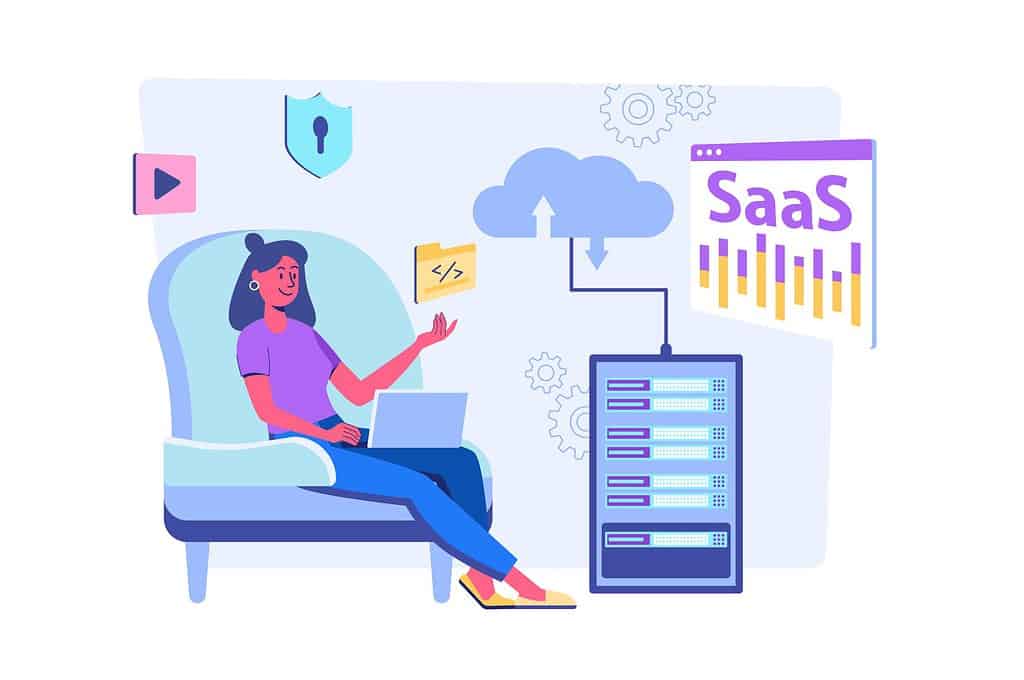Introduction: The Power of Personalization in Email Marketing
The world of email marketing has evolved to the point where generic, one-size-fits-all content just doesn’t cut it anymore. Email personalization is not merely a trend, it’s a proven strategy that boosts customer engagement and return on investment (ROI). Personalized emails are about sending tailored content that speaks to your customers as individuals, meeting their unique needs and preferences.
Segmentation plays a crucial role in achieving personalization. It allows you to categorize your subscribers based on various factors like demographics, buying habits, preferences, and more. This, in turn, helps you to craft and send emails that are truly personalized and relevant. In fact, a study by Mailchimp found that segmented campaigns get 14.31% more opens and 100.95% more clicks than non-segmented ones.
The power of personalization in email marketing cannot be overstated. Email Segmenting is the key to effective personalization. Personalized campaigns have a significant impact on engagement and ROI.
Understanding Email Segmentation: What It Is and Why It Matters
Email Segmentation is a process of dividing your email list into smaller, more targeted groups based on certain criteria. These criteria can include demographic details like age or location, behavioral data like past purchases, and even customer engagement levels with previous emails. By doing so, businesses can create and deliver content that is more closely aligned with each subscriber’s preferences and behavior.
The benefits of email segmentation are plentiful. It allows for greater personalization, improves customer engagement, and leads to increased sales and conversions. Moreover, it can help you to retain your customers for a longer period, as your email content is always relevant and tailored to their needs.
Email segmentation is a vital tool in email marketing. It provides a pathway to greater personalization and increased customer engagement. The effective use of segmentation can boost sales and conversions. Step-by-Step Guide to Creating Email Segmentation Understanding Your Audience and Data Collection
To implement effective email segmentation, you must first understand your audience. This understanding begins with data collection. When a new subscriber joins your list, it’s crucial to collect as much information as possible, without infringing on their privacy. This could include their location, age, gender, profession, and any other relevant information.
How to Segment Your Email List
Once you’ve gathered sufficient data, you can segment your email list. The way you choose to do this will depend on your business goals and the nature of your audience. Some common segmentation categories include demographics, geographics, psychographics, behavior, and customer journey stage.
Begin segmentation with understanding your audience and collecting data. Segment your email list based on categories that align with your business goals. Common segmentation categories include demographics, geographics, and customer behavior.
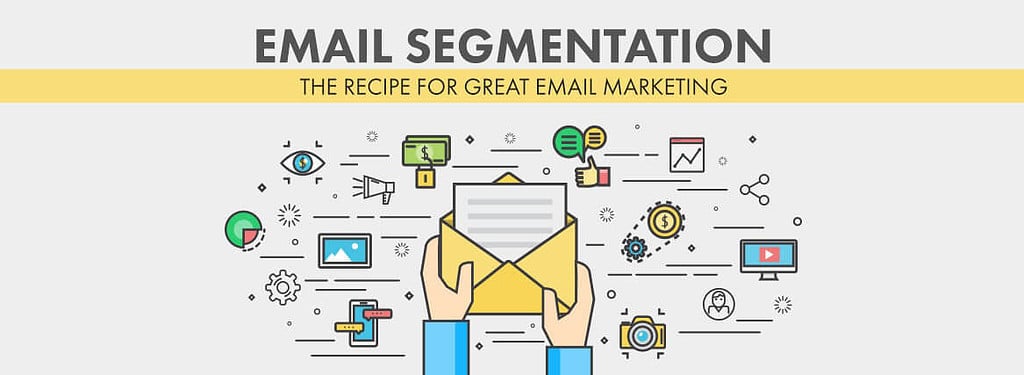
Segmentation Strategies for Personalized Campaigns
When it comes to personalizing campaigns, there’s a wide range of segmentation strategies you can employ. One common method is demographic segmentation, which involves grouping your customers based on age, gender, income level, and other demographic variables.
Another popular strategy is behavioral segmentation. This involves grouping customers based on their past behavior, such as their previous purchases, browsing history, and interactions with your emails and website.
Implementing segmentation strategies helps to personalize campaigns. Demographic and behavioral segmentation are two common strategies.
Email Segmentation Best Practices
Successful email segmentation hinges on a few key best practices. First, ensure that your segmentation efforts are based on accurate and up-to-date data. Outdated or incorrect information can lead to poorly targeted campaigns, reduced engagement, and lower conversions.
Second, don’t over-segment your list. While it’s essential to be specific in your segments, creating too many small segments can make your email marketing efforts unwieldy and inefficient.
Base your segmentation on accurate and up-to-date data. Avoid over-segmenting your list. The Role of Analytics in Email Segmentation
Analytics are an integral part of email segmentation. They provide valuable insights into the behavior of your subscribers, helping you refine and improve your segmentation strategy. You can use analytics to track the performance of your segmented campaigns and identify areas for improvement.
Analytics provide insights into subscriber behavior. Use analytics to track the performance of your campaigns and improve segmentation.
Case Studies: Success Stories of Email Segmentation
The effectiveness of email segmentation is demonstrated by several success stories. Companies like Amazon and Spotify have used segmentation to deliver personalized content to their users, resulting in increased engagement and conversion rates.
Successful companies use email segmentation to increase engagement and conversions.
Conclusion: Harnessing the Power of Segmentation for Personalized Emails
In conclusion, email segmentation is an effective tool for creating personalized campaigns. By understanding your audience, collecting relevant data, and implementing segmentation strategies, you can increase engagement, conversions, and ROI.
Email segmentation is a powerful tool for personalization. Harness the power of segmentation for more effective email campaigns.
Remember that the art of email segments is a process that requires constant fine-tuning. As you gather more data about your subscribers and their behavior, you can continually refine your segmentation strategies for even better results. So start segmenting, and unlock the true potential of your email campaigns!

